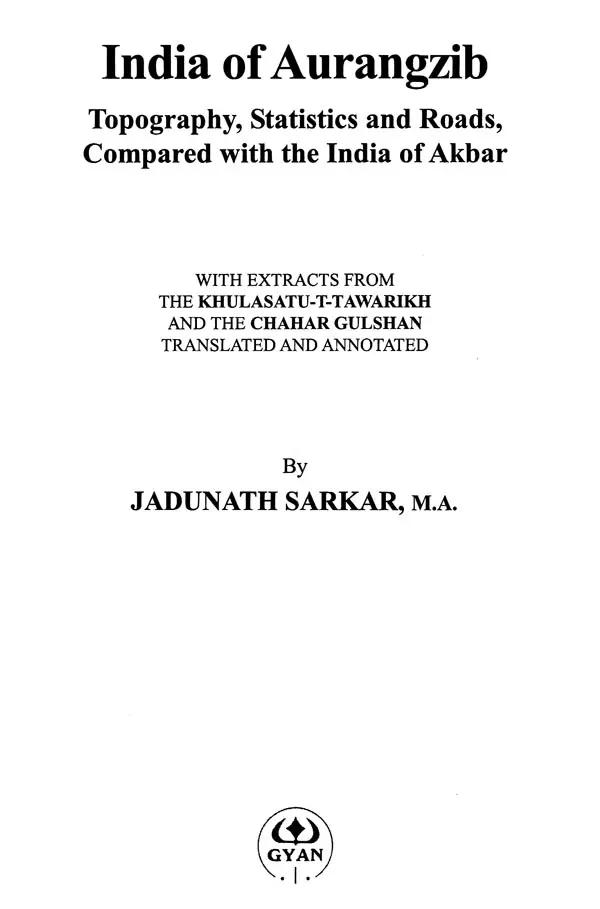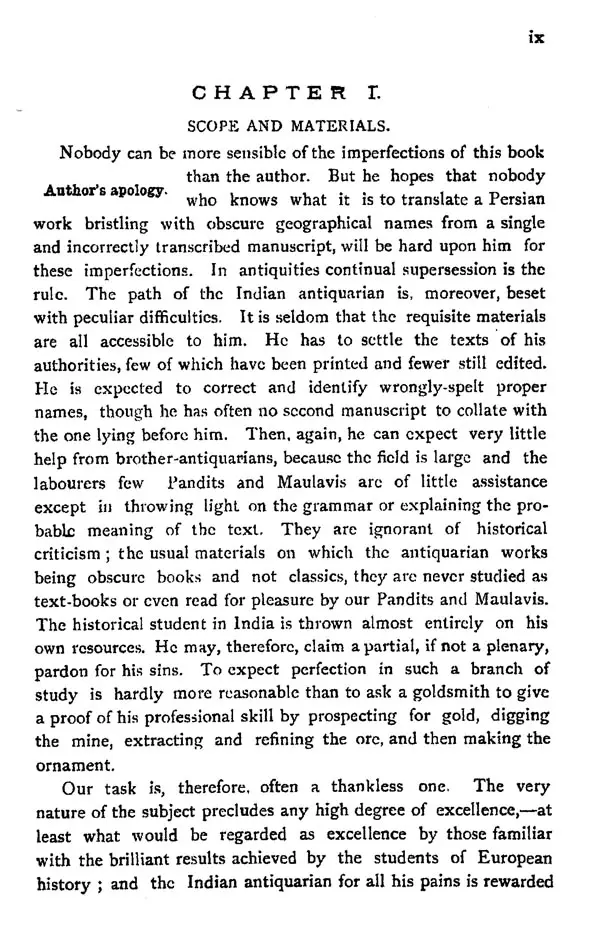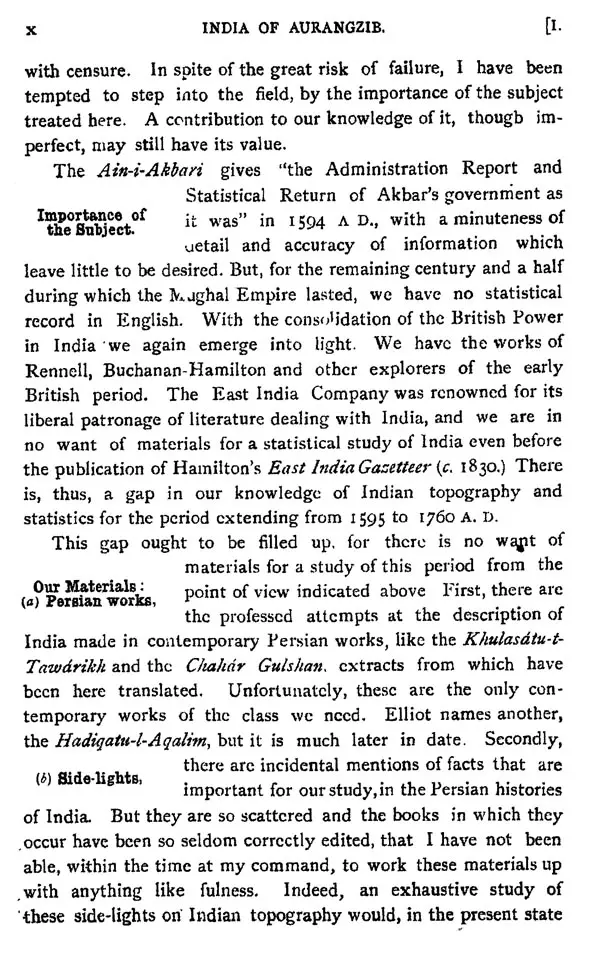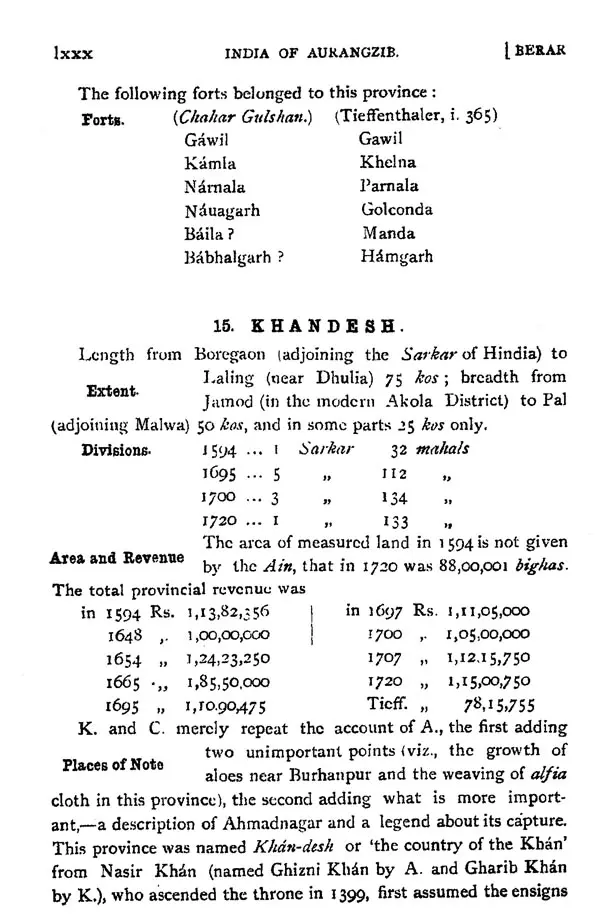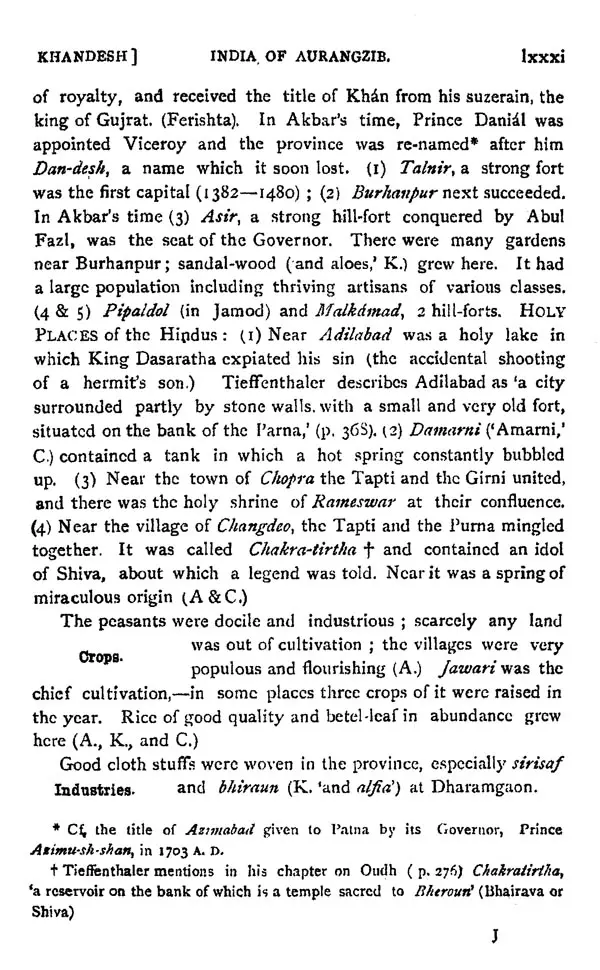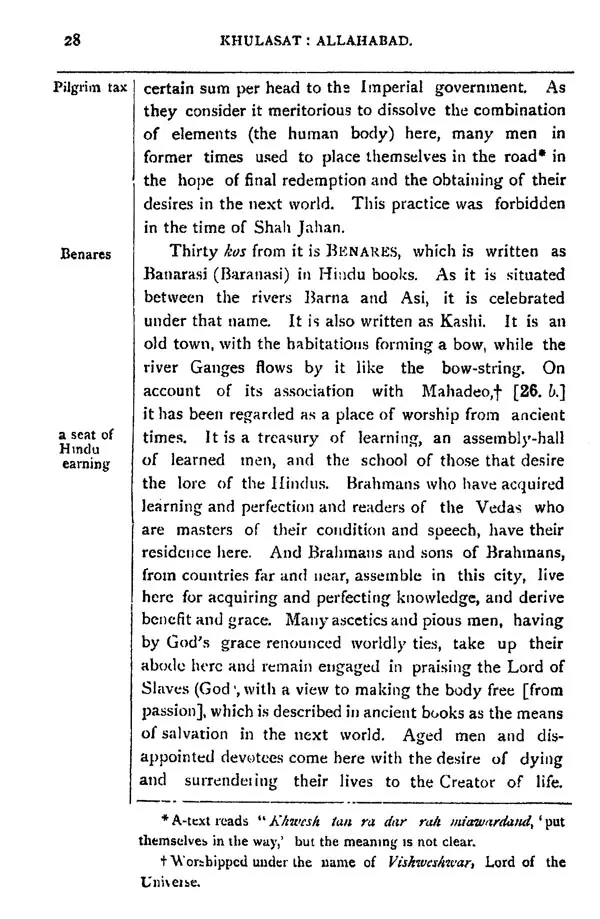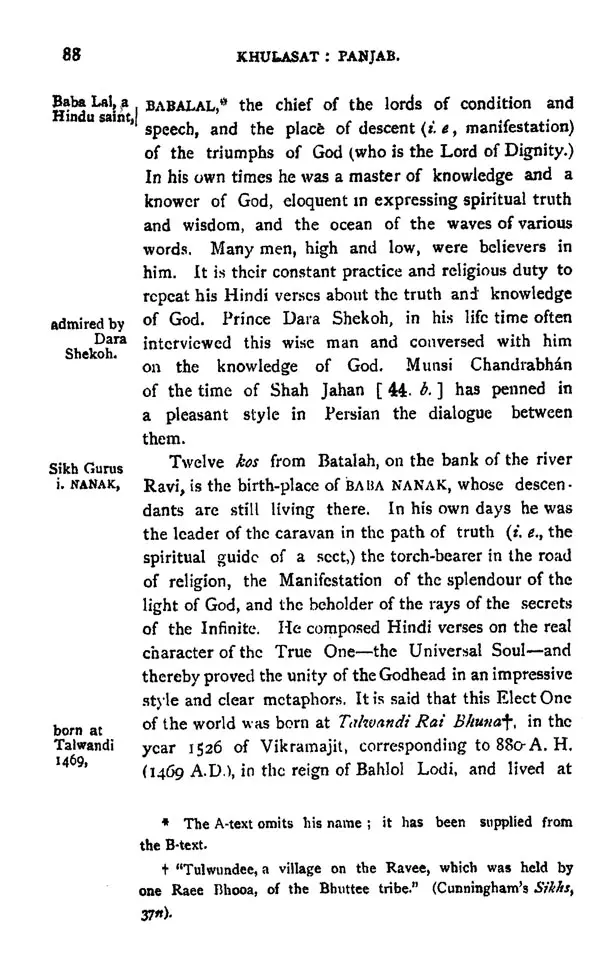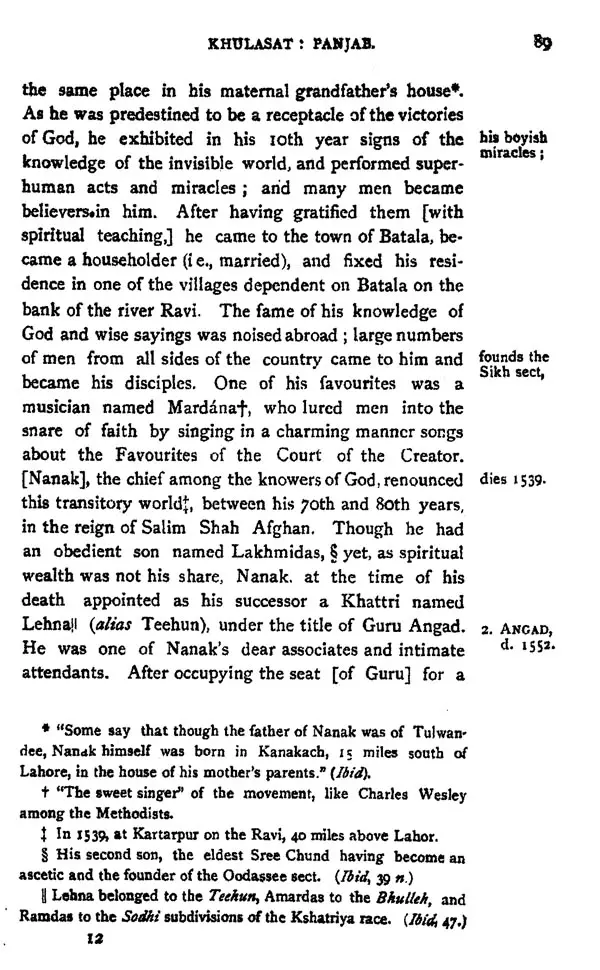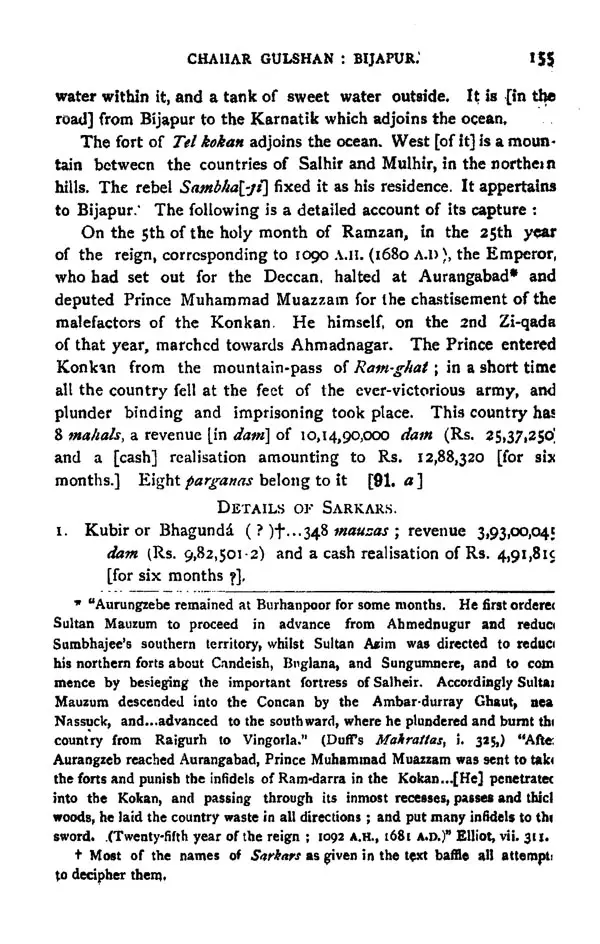About the Book This book is an attempt to present the topography and statistics of Mughal India, as far as we can learn them from the Persian works, Khulastau-t-Tawarikh (1695 A. D.) Dastur -al-Amal (1700 A.D.), and Chahar Gulshan (1720 A. D.) all three of which are in manuscript. These sources of information have been implemented by Abul Fazl's Ain-i-Akbari (Blochmann and Jesuit translation) and the Jesuit missionary Tieffenthaler's revenues of de l' Indoustan (Bernoulli's French version), which, though detailed ed in 1786, was based on Persian works fully half a century several in date. A very detailed comparison has, also, been checked between the India of Akbar and broadly speaking, the India for Aurangzib. The revenues of the several provinces of the revenues Empire have been given separately for ten different periods and the time of Akbar to that of Tieffenthaler; and thus revenues of given in Thomas's Revenue Resources of the Mughal supplemented and partly checked.
About the Author Sir Jadunath Sarkar CIE FRAS (1870-1958) was a prominent Indian historian and a specialist on the Mughal dynasty. He graduated in English from Presidency College, Calcutta. In 1892, he topped the Master of Arts examination, in English at Calcutta University and in 1897, he received the Premchand-Roychand Scholarship. Sarkar's works faded out of public memory, with the increasing advent of Marxist and postcolonial schools of historiography. Academically, Jos J. L. Gommans compares Sarkar's work with those of the Aligarh historians, noting that while the historians from the Aligarh worked mainly on the mansabdari system and gunpowder technology in the Mughal Empire, Jaudunath Sarkar was best remembered for his historical works, including: A History of Jaipur, Military History of India, A History of Aurangzib (in 5 volumes), Studies in Mughal India, and Mughal Administration.
Preface THIS book is an attempt to present the topography and statistics of Mughal India, as far as we can learn them from the Persian works, Khulasatu-t-Tawarikh (1695 A D.), Dastur-al Amal (1700 A. D. ?), and Chakar Gulshan 11720 A. D. ?),-all three of which are in manuscript. These sources of information have been Abul plemented by Abul Fazl's Ain-i-Akbari (Blochmann and Jesuit translation) and the Jesuit missionary Tieffenthaler's revenues of der Indoustan (Bernoulli's French version), which, though detailed ed in 1786, was based on Persian works fully half a century several in date. A very detailed comparison has, also, been checked an between the India of Akbar and, broadly speaking, the India for Aurangzib. The revenues of the several provinces of the revenues Empire have been given separately for ten different periods, and the time of Akbar to that of Tieffenthaler’s; and thus revenues of given in Thomas's Revenue Resources of the Mugha supplemented been supplemented and partly checked. The various Inaoustan the main roads of Mughal India have been traced on comparison Tavernier's Travels, the Chahar Gulshan, Tieffenthaler's statistical de l' Inaoustan, and an old Indian Gazetteer of 1842. Finally old topographical and statistical portions of the Khulasatu-t-Tawr, the and the Chahar Gulshan, (178 pages), have been here Travels of for the first time and copiously annotated.
Book's Contents and Sample Pages
